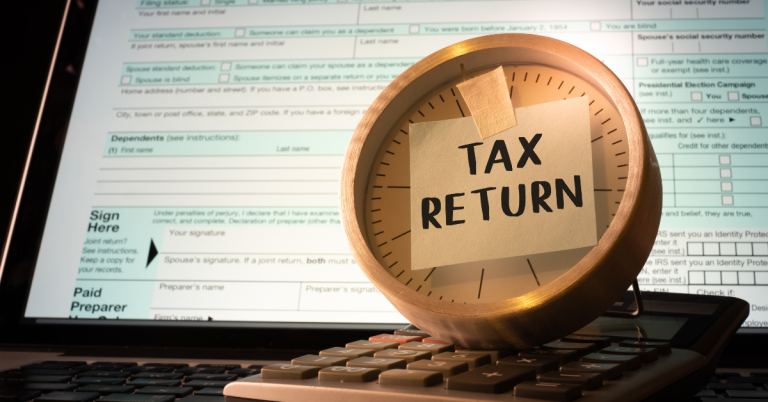Self Employed Car Allowance: Mileage Claim for the Self-Employed
Mileage claim for the self-employed
If you work for yourself, you can claim mileage allowances for the usage of your own vehicle for business purposes. HM Revenue & Customs (HMRC) provides two methods you can do this.
You can claim mileage at a fixed rate, or claim all the actual business expenses incurred by your car.
There are certain conditions you must meet to qualify for either option.

Self-employed mileage allowance
There are two ways to claim mileage and other car expenditures if you are self-employed: actual vehicle costs or simplified charges (mileage rates). If you decide to go for the latter, try out HM Revenue & Customs’ simplified expenses checker to find out which one suits you better.
Utilize the real vehicle expenses technique for mileage reimbursement
If you work from home, you probably spend most of your day commuting. If you run a small business, you could be spending up to 30% of your working hours driving your car. But did you know there are ways you can claim mileage related to your vehicle usage?
The first thing to do is check whether you qualify for the Self-Employed Vehicle Expenses deduction. You can find out here.
You’ll need to keep track of what you spent on petrol, repairs, maintenance, insurance, parking fees, tolls, depreciation and depreciation allowances, and even the cost of wearing and washing clothes if you wear suits to work.
At the end of the tax period, you can add up all of those figures and claim the total amount against your income.
To make sure you don’t miss anything, you can set up a spreadsheet to help you calculate how much you’ve earned and spent.
This method is more suitable for individuals rather than businesses because it doesn’t allow you to take into account the value of goods sold.
However, if you want to claim mileage for your business, you can still use the Actual Cost Method.
Mileage reimbursement using the simplified expenditures approach
The simplified expenses method allows you to claim certain vehicle expenses without logging each individual cost. This saves time and makes life easier when filing your annual return. If you do decide to go down the route of simplifying your vehicle expenses, there are some things to keep in mind.
First off, you can’t use the simplified expenses method if you’ve already claimed capital allowances for your vehicle or have used it for business purposes. In addition, you can’t switch from actual vehicle costs while keeping the same vehicle for work. Finally, you can’t use simplified vehicle expenses if you’re claiming capital allowances for your vehicle.
You can, however, switch over to simplified expenses once you no longer use that same vehicle for business purposes.
Frequently Asked Questions
How do I calculate my car’s personal and corporate mileage?
If you want to know how much money you might owe the tax man next April, there are some simple steps you need to take. You need to keep track of your miles driven both for business purposes and for pleasure. If you don’t, HMRC could find themselves having to come knocking on your door.
You need to start keeping a mileage log. This shouldn’t be too difficult; just write down the date, make sure you include the odometer reading and enter the total number of miles travelled. Then, whenever you go anywhere, record the distance and the reason why you went there. After a while, you’ll build up a good picture of where you spend most of your time and what sort of journeys you undertake.
What is a mileage calculator used for?
In the UK, most people use one of three methods to calculate their personal tax return. These are known as the’mileage’ method, the ‘average cost per mile’ method, and the ‘total cost’ method. Each of these methods gives different amounts depending on what type of vehicle you’re driving, where you live, and how far you travel.
The’mileage’ method calculates the number of miles you drove during the year, and then multiplies it by £0.6 ($0.80). This figure represents the average amount you paid per mile for petrol and road tax. You add up all of your claims under this method, and pay the difference between those totals and the actual amount you spent. For example, if you claimed £1,500 worth of fuel costs, you’ll end up paying an extra £300.
The ‘average cost per mile method’ works exactly the same way except you multiply your annual mileage by the current price of fuel. Again, this doesn’t include any charges for toll roads or parking. If you used this method, you wouldn’t charge yourself anything for parking or tolls. However, you could still claim for the cost of your car insurance.
The third method, the ‘total cost’, is based on the total cost of running your car over the course of the year. This includes things like repairs, maintenance, tyres, oil changes, MOT fees, etc. There are no allowances for tolls, parking, or insurance. You simply add everything together, divide by 12 months, and that’s your final figure.






